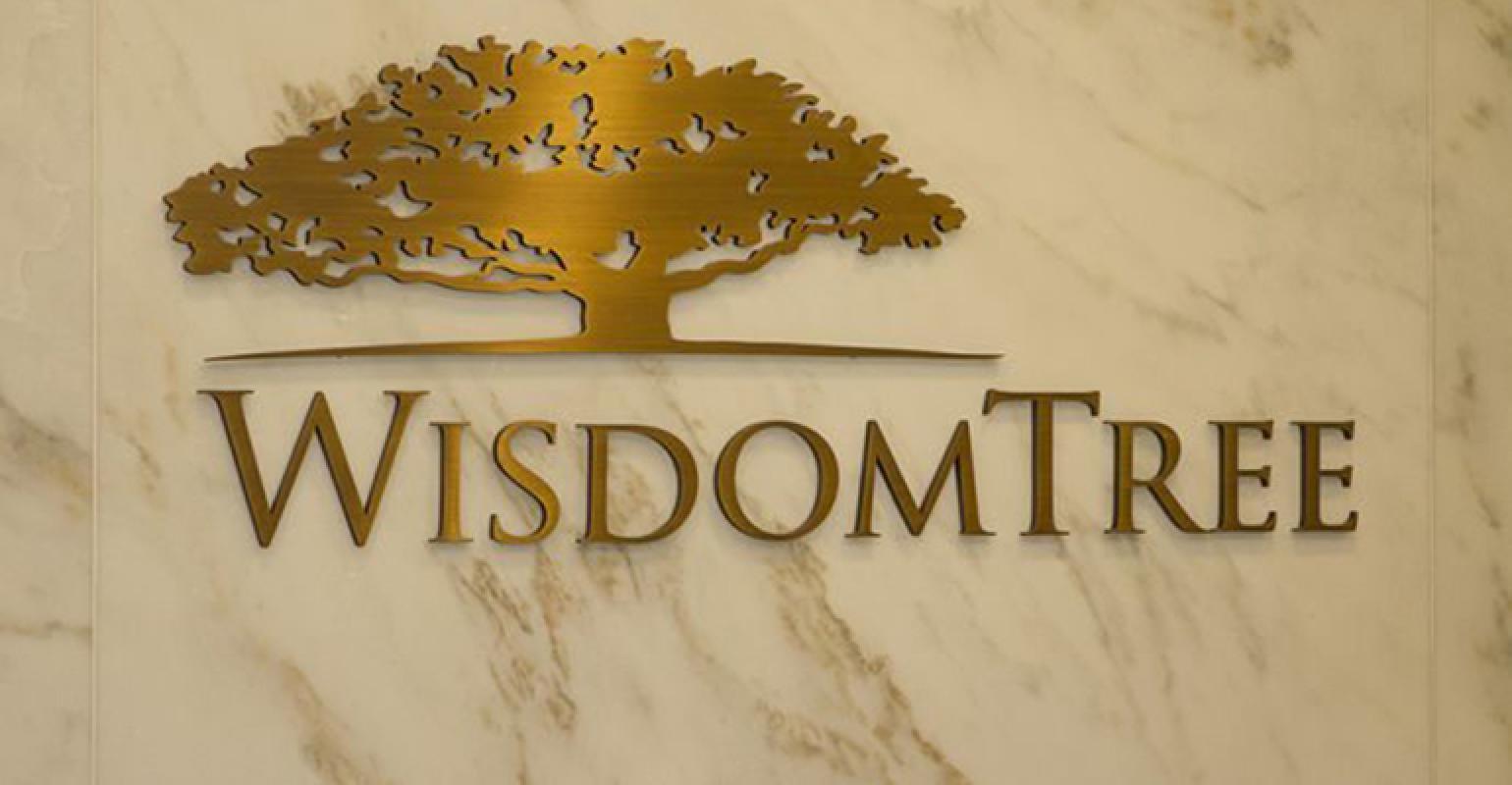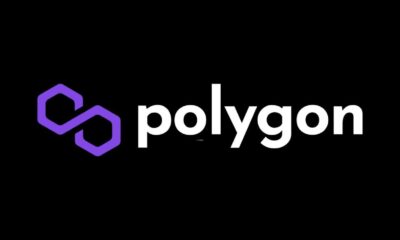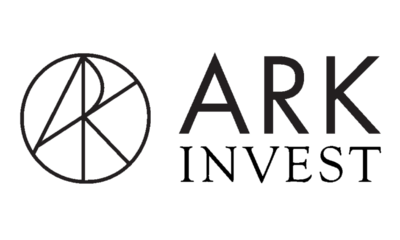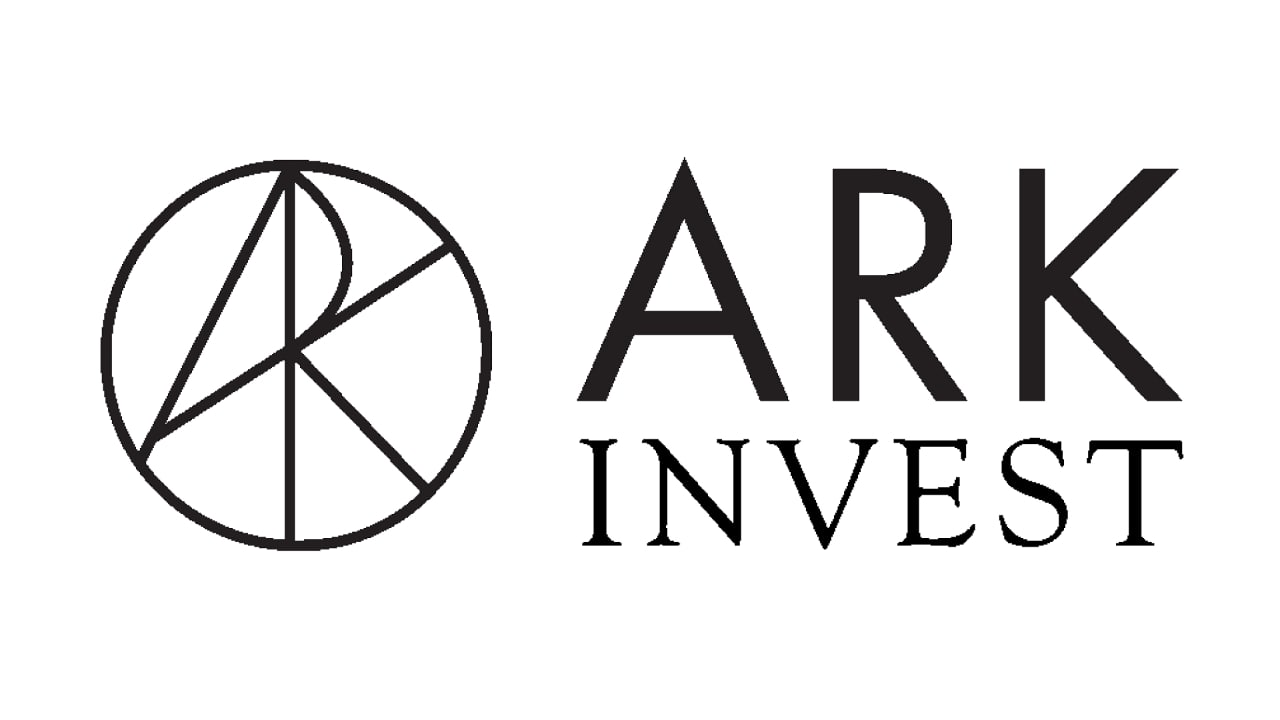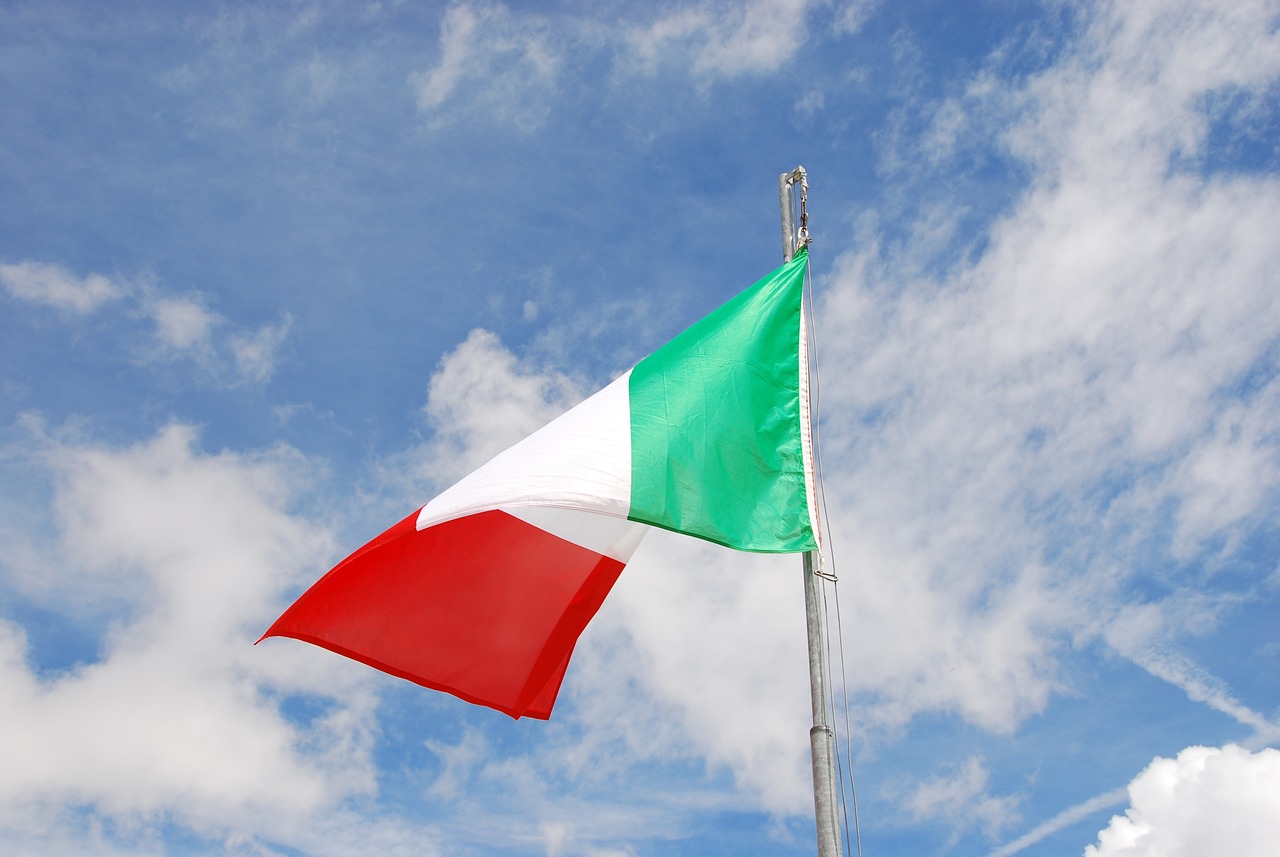In market commentary from Professor Jeremy Siegel ahead of the midterms, we suggested that if the widely expected outcome of Democrats taking the House and Republicans keeping control of the Senate were to actually occur—as it did on Tuesday in the midterm elections—we thought there would be a bounce higher in equity markets due to “nothing bad happening.” There were no major surprises in the election results, and we saw this rally in equities come through.
With the uncertainty over the election out of the way, a main issue confronting equities now will turn to how fast interest rates will increase from the Federal Reserve (Fed) tightening monetary conditions and the readjustments in portfolio allocations as the risk-free rate ticks higher. We had very strong growth in earnings in 2018 as a result of the tax cut, and that earnings growth rate was front-loaded—we will not see the same type of continued growth next year. Rather, one of the challenges for the market next year is that earnings estimates may still be too high and will have to be marked down.
This challenge from earnings markdowns for 2019 is one reason we prefer strategies that are priced at reasonable valuation multiples.
Across the U.S. markets, WisdomTree has been discussing three strategies as our best ideas for U.S. equity exposure: quality dividend growth and mid- and small-cap earnings. Each of the three Funds have lower than 16x estimated P/E ratios—while the mid- and small-cap Funds are both around 15x even on a trailing 12-month earnings figure.
In contrast to many who think small caps are expensive because of the large percentage of unprofitable companies in traditional market cap-weighted small-cap indexes like the Russell 2000, we see a 15.5x P/E ratio for our small-cap earnings Fund as being quite attractive.
Small caps and mid-caps are also more particularly sensitive to local conditions in the U.S. economy—with revenue from the U.S. just over 80% in the WisdomTree U.S. SmallCap Earnings Fund (EES), compared with the WisdomTree U.S. Quality Dividend Growth Fund (DGRW), which has revenue from the U.S. of about 62%.
For standardized performance of each Fund in the chart, please click their respective ticker: EZM, DGRW, EES.
We also have suggested expectations for large-cap U.S. equities were to see real returns being 5.5% with 2% inflation added, giving longer-term expectations of 7.5%. Our quality dividend growth Fund, DGRW, which has a 2.34% dividend yield and a net buyback yield of 2.61%, shows a current cash distribution yield of 4.96% (i.e., total shareholder yield). As we have written before, this current distribution requires no growth on top of current cash flows to return nearly 5% to investors. If any of the investments that firms are making translate to future cash flow growth, returns can move even higher than 5% real returns. We thus believe DGRW serves as a great anchor to core U.S. equity portfolios, both for the current environment of the late stage of an economic cycle and also current valuations being attractive on these stocks.
Further, given the rising interest rate pressures we continue to see from the U.S. economy outperforming some of the other global economies, we like the mid- and small-cap earnings strategies, like the WisdomTree U.S. MidCap Earnings Fund (EZM) and EES, as Funds with more exposure to the U.S. economy but priced at very reasonable multiples.
Bonds Move on Quickly
Unlike the 2016 U.S. election, the fixed income arena was not greeted with any surprises this time around, so based upon the initial reaction, it appears as if the bond market has moved on quickly. The focus shifts right back to the domestic fundamental setting—namely, growth prospects, inflation expectations and any attendant monetary policy decisions from the Fed.
Once again, the outlook for U.S rates needs to be broken down into two parts: short-term and intermediate to longer-dated yields. For the former, it appears as if the Fed will continue on its gradual rate hike path, with some balance sheet normalization thrown into the mix. With respect to its balance sheet, the Fed may actually need to make some tweaks to its current path because of operational issues in the funding markets, but that’s a topic for another blog post.
As far as future rate hikes go, an increase at the December FOMC meeting followed by at least two more in 2019 (March and June) seems to be the more probable outcome. So, if you do the math, by mid-2019, the top end of the Federal Funds Rate target could be 3%.
For the U.S. Treasury (UST) 10-Year yield, one could argue that a good portion of the backup in rates has already occurred because the market’s pricing mechanism has allowed for improved economic growth, a moderate increase in inflation and increased Treasury supply. Developments on the wage front will need to be monitored closely, with any upside surprises potentially putting upward pressure on yields. Taking the midterm election results into consideration, the only potential boost from fiscal policy seems to be in the area of infrastructure, but that would require both sides of the political spectrum working “across the aisle.”
And don’t forget those flight-to-quality issues that have a way of showing up when least expected. Keep your eye on any headlines stemming from the Italian budget saga on this front, to name one example.
So, what’s an investor to do? We continue to advocate an approach that concentrates on a Treasury floating rate strategy. The WisdomTree Floating Rate Treasury Fund (USFR) offers investors a solution that not only could provide a rate hedge but also offers protection for future Fed rate hikes. In the process, as the USFR yield “floats up with the Fed,” this strategy can also help solve income needs without the duration risk.

 Nyheter1 vecka sedan
Nyheter1 vecka sedan
 Nyheter4 veckor sedan
Nyheter4 veckor sedan
 Nyheter3 veckor sedan
Nyheter3 veckor sedan
 Nyheter1 vecka sedan
Nyheter1 vecka sedan
 Nyheter2 veckor sedan
Nyheter2 veckor sedan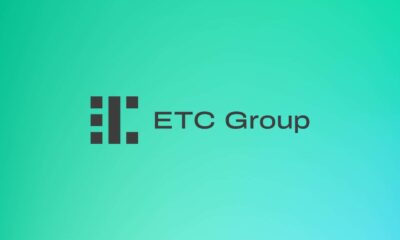
 Nyheter3 veckor sedan
Nyheter3 veckor sedan
 Nyheter3 veckor sedan
Nyheter3 veckor sedan
 Nyheter4 veckor sedan
Nyheter4 veckor sedan
